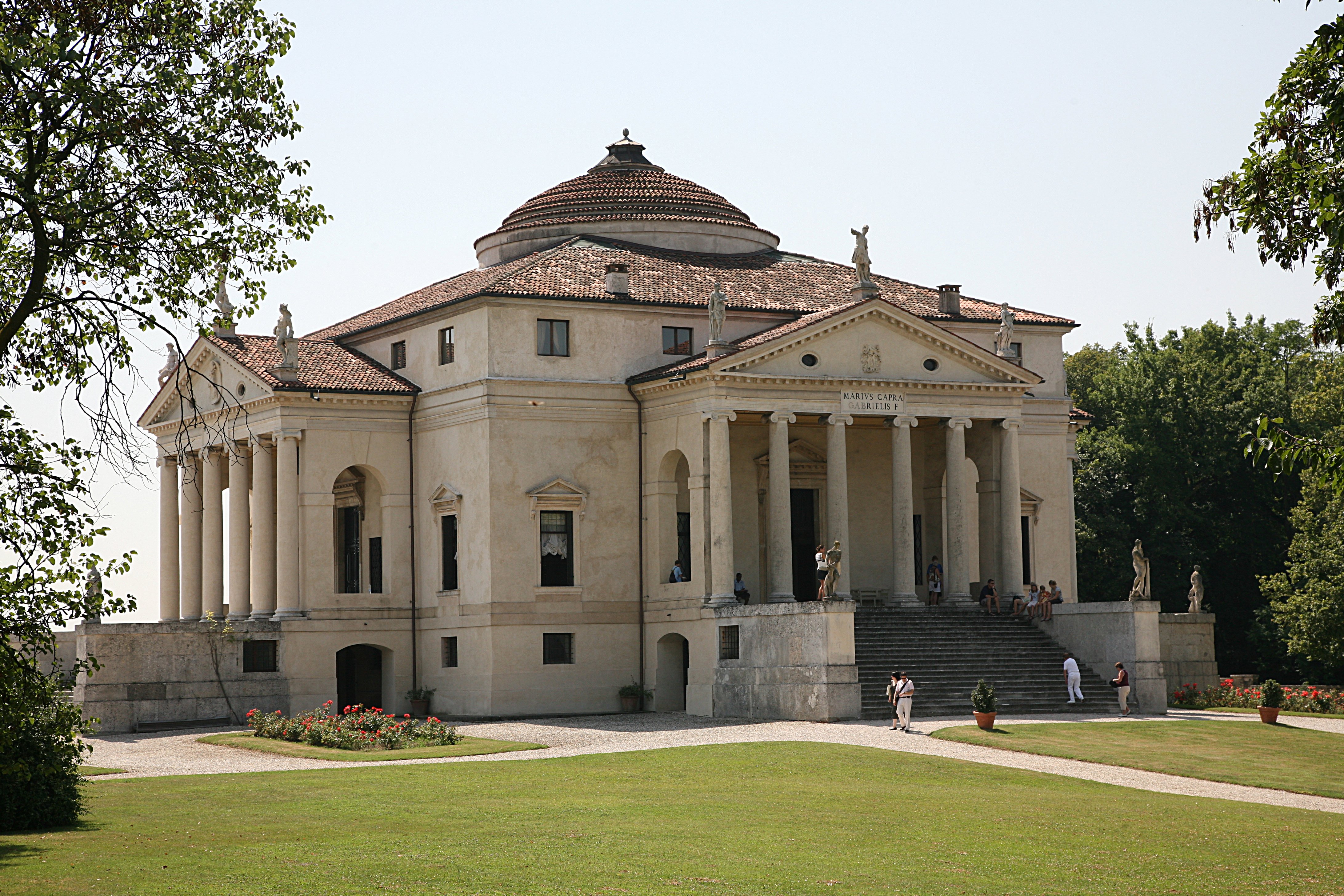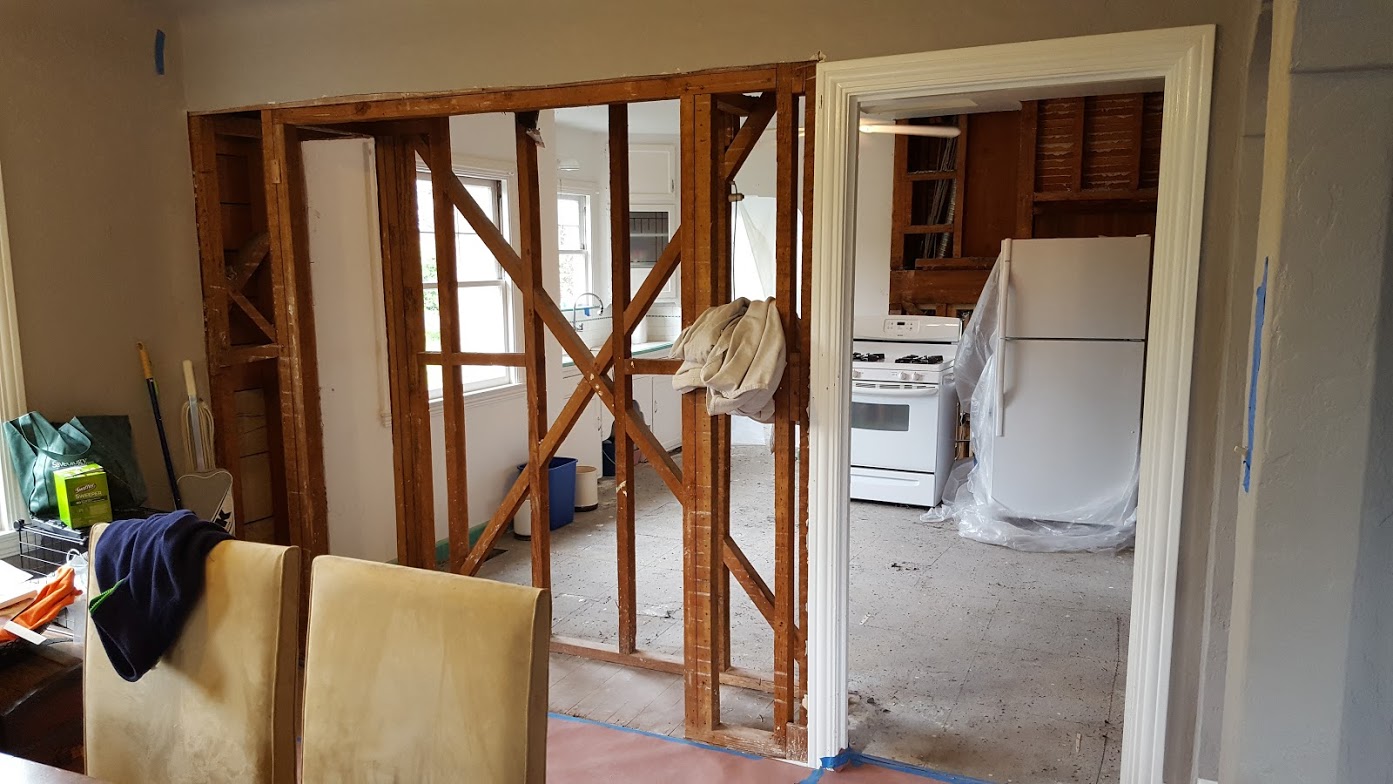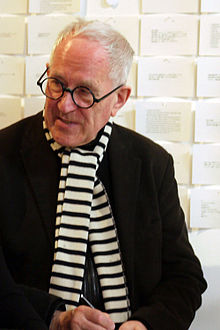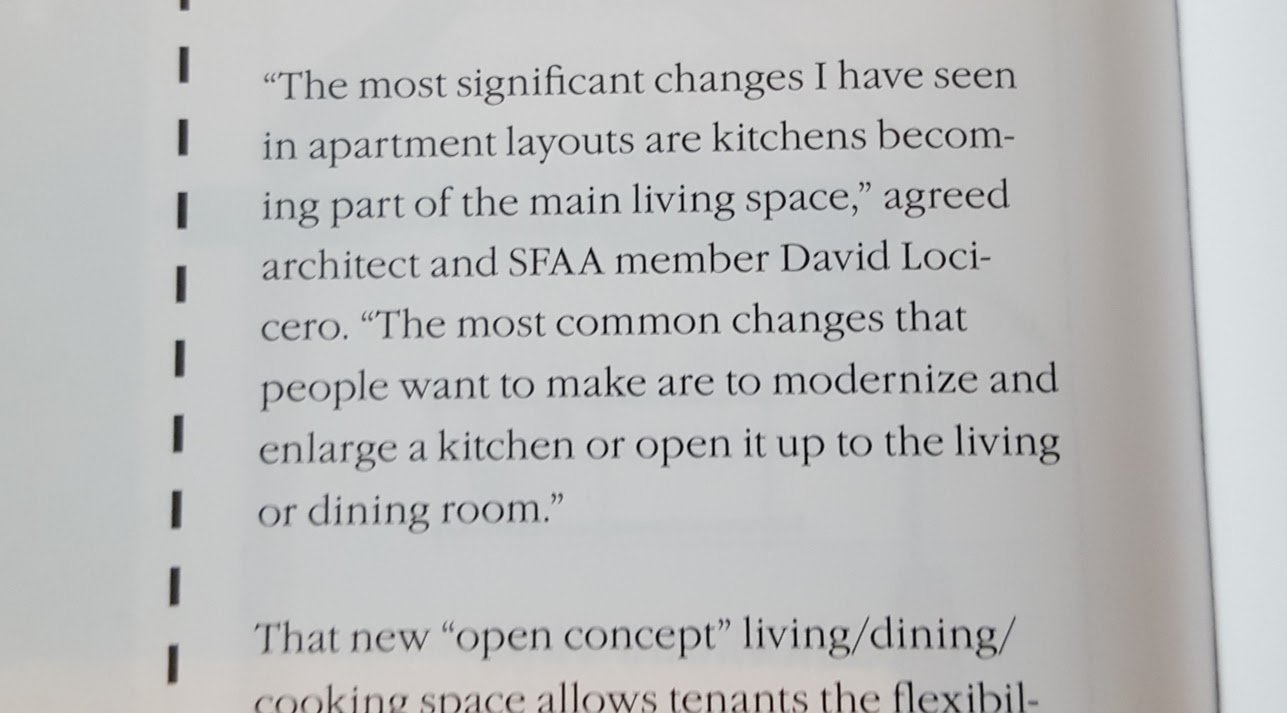The Villa Rotunda by Andrea Palladio is probably one of the most iconic homes ever built. It’s influence reverberates through the profession of architecture over 400 years since it was completed. Like most architects who find themselves in North-Eastern Italy, I made a pilgrimage to see this house in 1988. I still think about this house regularly.
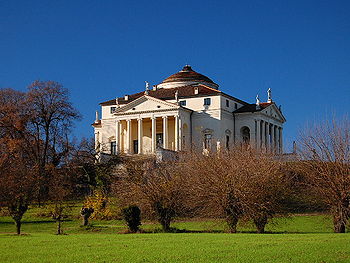
It was built to function as a retirement house for a retired Vatican functionary. It was later acquired by the Capra brothers. (It is also known as the Villa Capra as a result.) It is located outside of Vicenza in Italy. Symmetry is important in Renaissance architecture, and more so in this house as all 4 sides are the same. Located on a small hill overlooking the valley, on two sides, into the woods on the third side, and into a hillside on the entry side, each outlook is different.
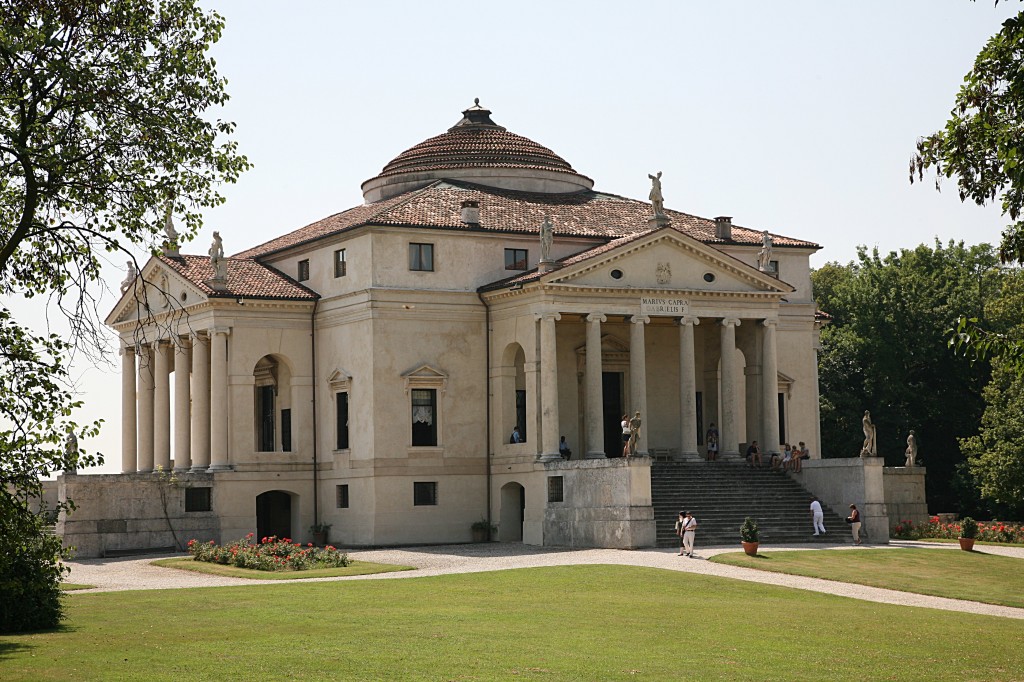
It was Summer when we visited this house. We arrived before it was opened. So we hung around in the shade of the walls of the neighboring houses. You can’t see the house from the street as it is behind walls. The entrance is on the side that faces into the hill behind the house. In the last 400+ years, neighboring houses (mansions) have been built on the hill behind the house. So the narrow road is cramped and feels oddly urban.

You enter through the gates with two out buildings on either side of the gates, built into the hill with a ramped drive between two retaining walls leading up from the gates to the house. This focuses your view on the portico and makes the house look even bigger and closer to you than it really is. The interior of the house was not open when we visited. But when you walk around the house, you can see how the “sameness” of the different sides of the house is really quite different depending on the outlook. The experience of the rooms on the inside would be quite different because of the difference in the light, the views, and the decoration.
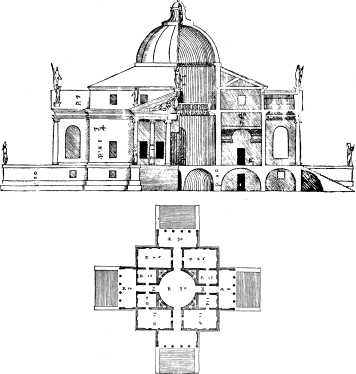
The internal arrangement of rooms around a central round, domed, salon, which is the only room on the two main axis. The owner(s) would have lived in the rooms on the main floor. The servants would have lived in the minor rooms on the 2nd floor. The Kitchen and storage rooms are in the ground level/basement floor. Remember that very few rooms at this time had set uses. It was not uncommon at this time to move furniture from room to room based on season and weather. The smaller rooms would have been sleeping chambers or personal offices. The larger rooms would be for entertaining, dining, music performances, lounging, living.
This house was the inspiration for many grand houses in Europe and the United States in the last 400 years.

